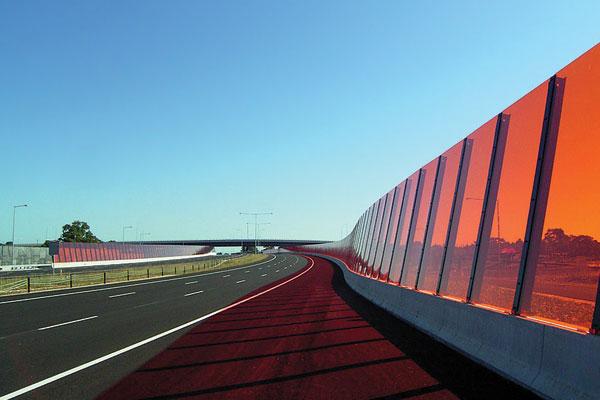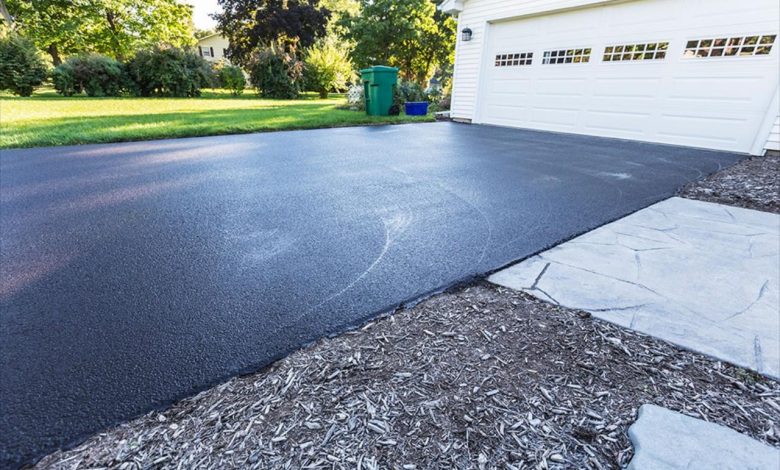Partnering with a top-tier LED Strip Lights factory can make all the difference in product quality, cost efficiency, and lead times. Whether you’re launching a new lighting brand or scaling up production for large installations, selecting the right factory ensures consistent performance, robust warranties, and innovative customization options. In this article, we’ll walk through the critical factors to evaluate when choosing your LED strip lights manufacturing partner.
1. Defining Your Technical and Production Requirements
Before reaching out to factories, crystallize your needs:
Product Specifications: Decide on desired lumen output, color temperatures (warm, neutral, cool white), CRI ratings, and cut-table intervals.
Construction Needs: Waterproof ratings (IP20–IP68), flexible vs. rigid PCBs, silicone or epoxy encapsulation.
Volume Forecasts: Monthly and annual order quantities to gauge minimum order requirements and pricing tiers.
Special Features: Addressable RGB, tunable white, integrated controllers, or DMX compatibility.
2. Evaluating In-House Manufacturing Capabilities
A factory with comprehensive in-house capabilities often delivers superior consistency:
PCB Fabrication: On-site PCB etching and solder paste application for tighter tolerances.
Automated SMT Lines: Precision pick-and-place machinery reduces defects and improves throughput.
Extrusion and Coating: Internal extrusion lines for silicone or PVC housing, plus automated coating booths for UV or fire-retardant finishes.
Driver Assembly: Integration of constant-current drivers with full testing under load.
3. Quality Assurance and Testing Protocols
Rigorous testing protocols safeguard against early failures:
Aging Tests: Continuous burn-in (e.g., 48–72 hours) to detect early-life LED failures.
Thermal Cycling: Repeated temperature swings to verify resilience in varied climates.
Ingress Protection Checks: Water immersion and dust-chamber tests for IP65–IP68 ratings.
Photometric Verification: Goniophotometer measurements to confirm lumen output and beam uniformity.
4. Customization and R&D Support
For differentiated products, seek a factory that offers:
Tailored Form Factors: Custom PCB widths, strip thicknesses, and bending radii.
Color Calibration: Factory-level binning and matched color temperatures across batches.
Control Integration: Embedding smart-lighting modules or proprietary control chips.
Prototyping Services: Rapid sample turnaround for design verification.
5. Certifications and Compliance
Ensure the factory adheres to international standards:
Safety Marks: UL, CE, IEC, and RoHS for electrical safety and environmental compliance.
Efficiency Labels: ENERGY STAR or DLC listings for guaranteed energy performance.
Factory Audits: ISO 9001 quality management and ISO 14001 environmental management certifications.
6. Sustainability Practices
Eco-friendly production is increasingly vital:
Green Materials: Use of halogen-free, recyclable housings and lead-free solders.
Energy-Efficient Processes: Solar-powered facilities, LED-lit assembly lines, and waste-heat recovery systems.
Recycling Programs: Factory take-back schemes for end-of-life LED strips and packaging.
7. Supply Chain and Logistics
Efficient logistics support on-time delivery:
Raw Material Sourcing: Stable partnerships with reputable LED and driver suppliers.
Inventory Management: Buffer stocks of critical components to avoid production delays.
Global Shipping: Partnerships with freight forwarders and bonded warehouses to optimize costs and lead times.
8. Total Cost and Lead Time Analysis
Balance cost with production speed:
Volume Pricing: Tiered discounts based on order size—confirm breakpoints.
Tooling and Setup Fees: One-time charges for custom molds or assembly fixtures.
Lead Time Estimates: Standard production runs vs. expedited schedules and associated premiums.
Conclusion
Selecting the ideal LED Strip Lights factory is a strategic decision that impacts product reliability, market competitiveness, and profit margins. By defining clear requirements, vetting technical capabilities, and prioritizing quality, sustainability, and logistics, you’ll establish a partnership that powers your lighting solutions from prototype to mass production. Illuminate your business’s future with a factory that aligns with your vision—and light the way to success.









